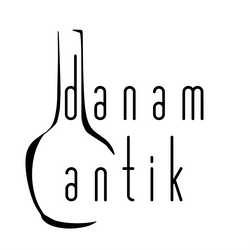Description
Royal Copenhagen Magnus Stephensen salt, pepper og Mustard set No 21865, 21866 og 21867.
Salt og Pepper measures 6,4cm / 2 1/2" and Mustard pot measures 7,5cm / 3"
Salt og Pepper measures 6,4cm / 2 1/2" and Mustard pot measures 7,5cm / 3"
Payment & Security
Your payment information is processed securely. We do not store credit card details nor have access to your credit card information.




